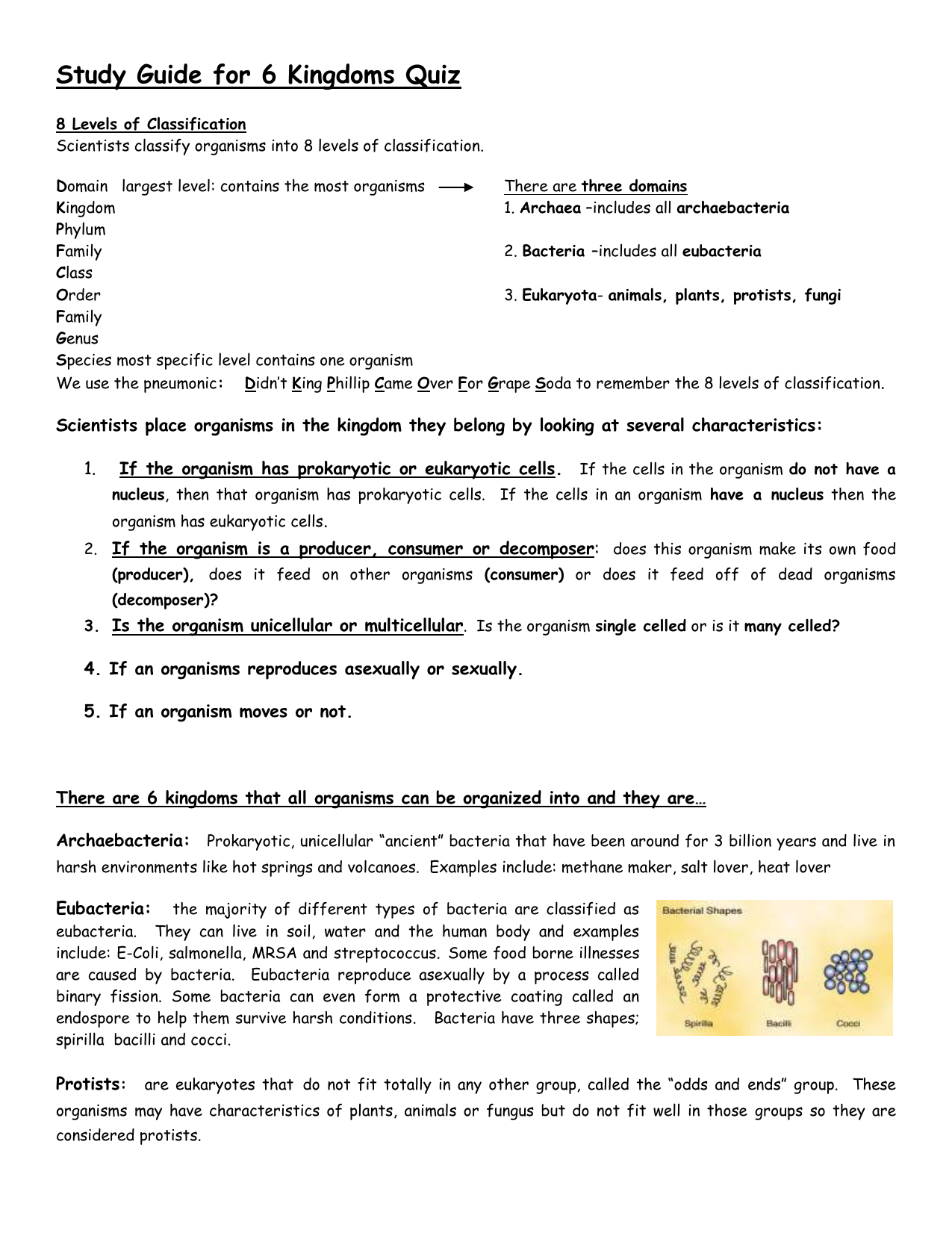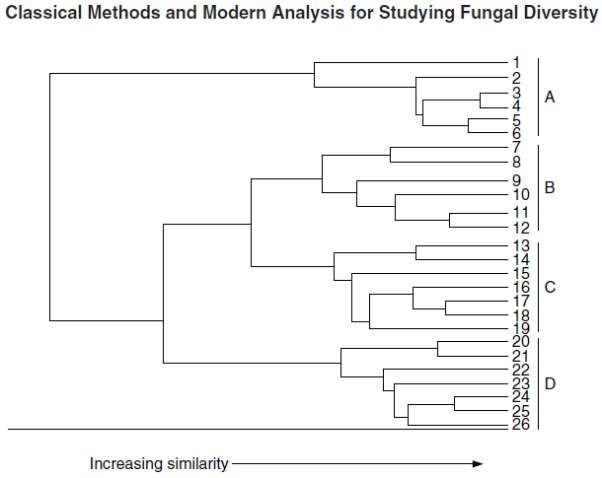Study Guide Chapter 20 Section 1 Characteristics Of Fungi

Organism that breaks down and absorbs nutrients from dead organisms.
Study guide chapter 20 section 1 characteristics of fungi. The ability to conduct photosynthesis prokaryotes peptidoglycan. Symbiosis saprophytic fungi parasitic fungi in your textbook read about reproduction in fungi. Lengths of hyphae may also form rhizomorphs.
May serve to anchor the fungus invade food sources or form reproductive structures. However scientists now realize that they belong in a kingdom oftheir own. Many have descriptive names such as stinkhorn puffball rust or ringworm.
Threadlike filaments that are the basic structural units of multicellular fungi. Harmful to host 7. Fungi reproduce meiosis sporangia survival.
Some fungi are large bright and colorful whereas others are easily overlooked as shown in figure 20 1. Hyphae that grow across the surface of the substrate allowing. Cross walls between fungal cells.
Hyphae that grow down into the substrate. Living thread like filaments in fungi basic structural unit develop from fungal spores elongate at their tips and branch into a network of filaments differ in structure. Most fungi are composed of hyphae.
In your textbook read about the characteristics of fungi. Fungi used to beclassified in the plant kingdom because many fungi grow anchored in soil andhave cell walls. The characteristics of fungi.


















